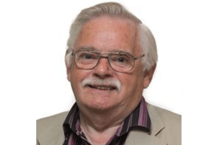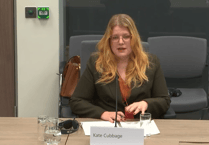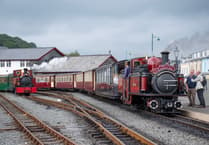Nearly a third of military veterans living in Gwynedd are over 80 years old, census data shows.
The 2021 census was the first to ask people about whether they had previously served in the armed forces.
Figures from the Office for National Statistics show there were 4,177 veterans living in Gwynedd in March 2021 – around 1,290 (30.9 per cent) of whom were over the age of 80.
The census shows 3.8 per cent of people in Wales and England aged 16 and over had served in the armed forces, or 1.9 million people.
At the time of the census, 31.8 per cent of veterans were aged 80 or over – compared to just 5.1 per cent of the non-veteran population.
The high proportion of octogenarian veterans is a product of the War Service and National Service that ran in the UK between 1939 and 1960, the ONS said.
National Service was a system of conscription that required healthy males aged 17 to 21 to serve in the armed forces for between 18 months and two years.
It was phased out in the late 1950s, meaning the last surviving people to have taken part in National Service will now be well into their 80s.
There were around 270 veterans over 90 years old in Gwynedd as of March 2021.
Meanwhile, just 7.9 per cent of veterans in the area were younger than 35.
Rich Pereira, head of demography at the ONS, said: “Today’s data gives a greater understanding of our veteran armed forces community."
He added that the figures would be "crucial" for support and services for veterans.
While most veterans in England and Wales were born in the UK (94 per cent), around one in six (17 per cent) said they did not currently hold a passport.
Veterans across the two countries are also overwhelmingly male, as a result of conscription policies and cultural attitudes.
In Gwynedd, just 12.9 per cent of all veterans – including those who did not give their gender – were female.
The Royal British Legion said the figures were the result of a campaign by the charity to have a question relating to military service added to the Census for the first time in 2021.
Hannah Pearce, director of campaigns, policy and research at the charity, said: "The information will significantly improve our understanding of the Armed Forces community and ensure that we can deliver the best support possible to serving personnel, veterans and their families both now and in future years."
Ms Pearce added the data provided "new insights" into diversity within the veteran community.
"For example, despite the ban on LGBTQ+ personnel serving in the military until 2000, there are no notable differences in sexual orientation data between veterans and the general population."
Some 91 per cent of veterans identified as straight or heterosexual, with 0.9 per cent as gay or lesbian and 0.5 per cent as bisexual – with little difference from the population at large when accounting for age, sex and location.





Comments
This article has no comments yet. Be the first to leave a comment.